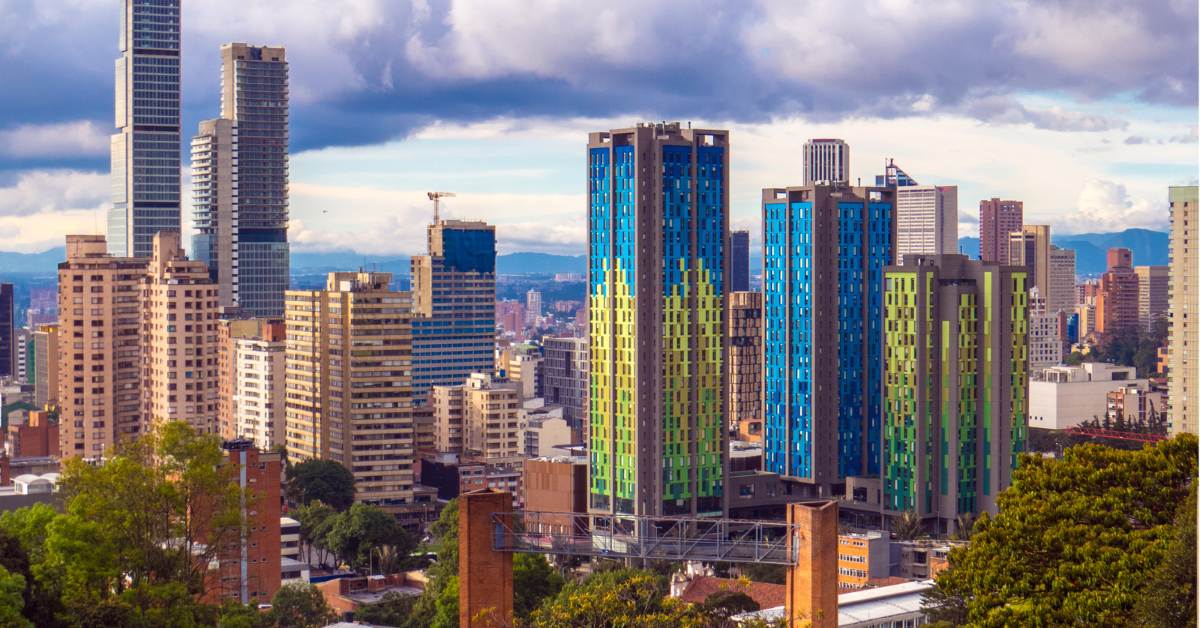Bogotá, the capital of Colombia, is a city rich in history, culture, and politics. However, in Japan it is not widely recognized, and when mentioned, it is often associated with crime and insecurity. Interestingly, the city is sometimes written in Chinese as “波哥大”, though this usage is rare in Japanese. Understanding both its linguistic representation and cultural perception offers insights into how Bogotá is viewed from Japan.
The Chinese Character Representation of Bogotá and Its Background
The term “波哥大” comes from Chinese transliteration. In Chinese, it is common to represent foreign city names with characters that approximate their sound. In Japanese, however, katakana is the standard for foreign city names, and newspapers or maps do not use Chinese characters. Thus, “波哥大” is not widely accepted in Japanese and is primarily seen in contexts influenced by Chinese texts or reports.
The Historical Role of Bogotá
Bogotá is built on a high plateau at an altitude of 2,600 meters. During Spanish colonial rule, it prospered as the center of the Viceroyalty of New Granada. After Colombia’s independence, it remained the political heart of the country, housing the Congress and the Supreme Court. It also developed into a cultural hub, with universities and research institutions concentrated in the city, making it a major intellectual center of South America.
Basic Information About Bogotá
| Item | Details |
|---|---|
| Country | Colombia |
| Location | Central Andes plateau |
| Altitude | About 2,600 meters |
| Population | About 8 million (metropolitan area) |
| Role | Center of politics, economy, and culture |
| Features | Blend of historical landmarks and modern cityscape |
The Image Japanese People Have of Bogotá
In Japan, Bogotá is often associated with insecurity. Media coverage frequently highlights drug cartels and crime, reinforcing the perception of a dangerous city.
However, the reality is more complex.
| Image | Perception in Japan | Reality |
|---|---|---|
| Safety | Dangerous city | Security has improved, central areas see increasing tourism |
| Culture | Little-known | Home to the Gold Museum and Botero Museum |
| Climate | South America is hot | Bogotá is cool year-round due to its high altitude |
| Cityscape | Just concrete buildings | Streets filled with murals and vibrant street art |
Sports Shaping the Face of Bogotá
Bogotá is also known for its sports culture, especially soccer and cycling.
| Sport | Features |
|---|---|
| Soccer | Home to renowned clubs Millonarios and Santa Fe; matches ignite city-wide passion |
| Cycling | Weekly “Ciclovía” closes major roads for cyclists, with hundreds of thousands participating |
| International Success | Bogotá-born cyclists have excelled in the Tour de France, gaining global recognition |
Sports in Bogotá are not only entertainment but also a means of promoting public health and strengthening the city’s brand.
Tourism and Nature in Bogotá
Bogotá also has strong appeal as a tourist destination. Its city center mixes historical architecture with modern skyscrapers, and the area is filled with cultural and natural attractions.
| Tourist Spot | Features |
|---|---|
| Gold Museum | One of the world’s largest collections of pre-Columbian gold artifacts |
| Botero Museum | Showcases works of renowned artist Fernando Botero |
| Monserrate Hill | Accessible by cable car, offering breathtaking city views |
| Lakes and Mountains | Surrounding highlands provide cool air and scenic nature |
Bogotá’s Food Culture
Food culture is another important window into Bogotá’s identity. Dishes from the Andean region offer new experiences for Japanese visitors.
| Dish | Description |
|---|---|
| Ajiaco | A hearty chicken and potato soup, Bogotá’s signature dish |
| Tamal | Corn dough filled with ingredients, wrapped in banana leaves, and steamed |
| Arepa | Cornmeal flatbread eaten daily across Colombia |
| Chocolate con Queso | Hot chocolate served with cheese, a unique local tradition |
These foods are not just meals but also an expression of Bogotá’s cultural richness.
Conclusion
The character “波哥大” is Chinese in origin and not used in Japanese. However, Bogotá is a city with multiple dimensions: history, politics, art, sports, and cuisine. While Japanese perceptions often emphasize insecurity, the reality is that Bogotá is a vibrant city offering rich culture, breathtaking nature, and a thriving sports scene. As ties between Japan and Colombia deepen, Bogotá’s multifaceted charm will likely become more widely recognized.






